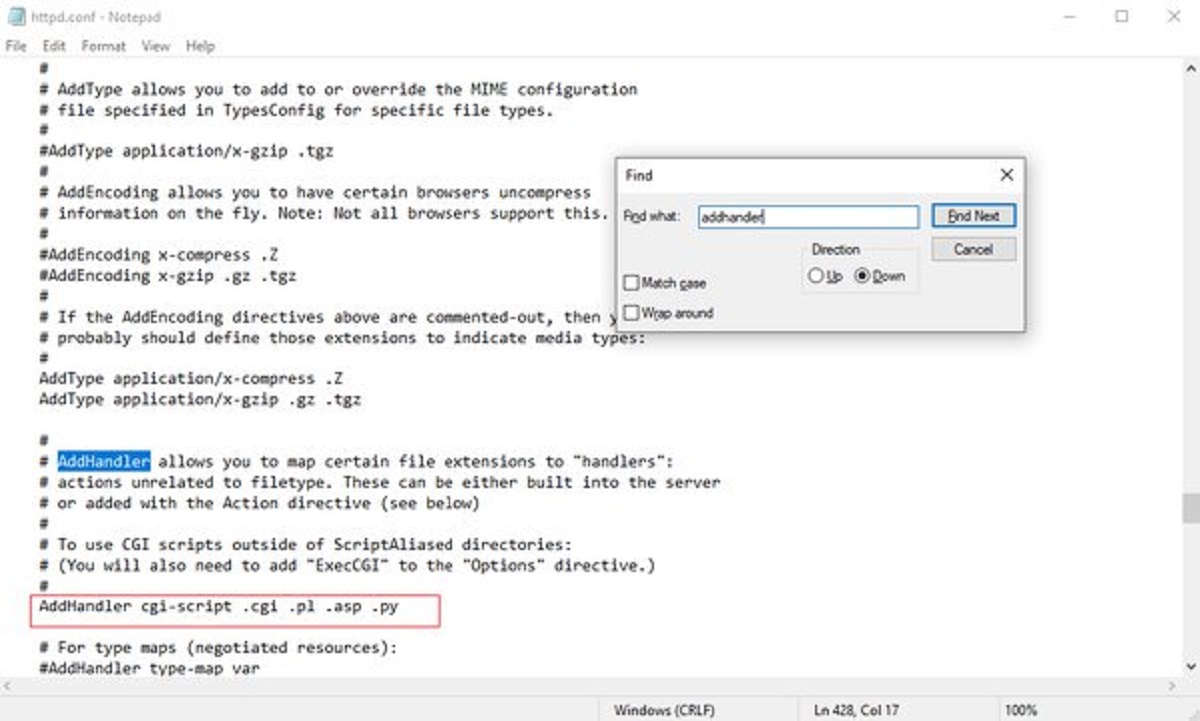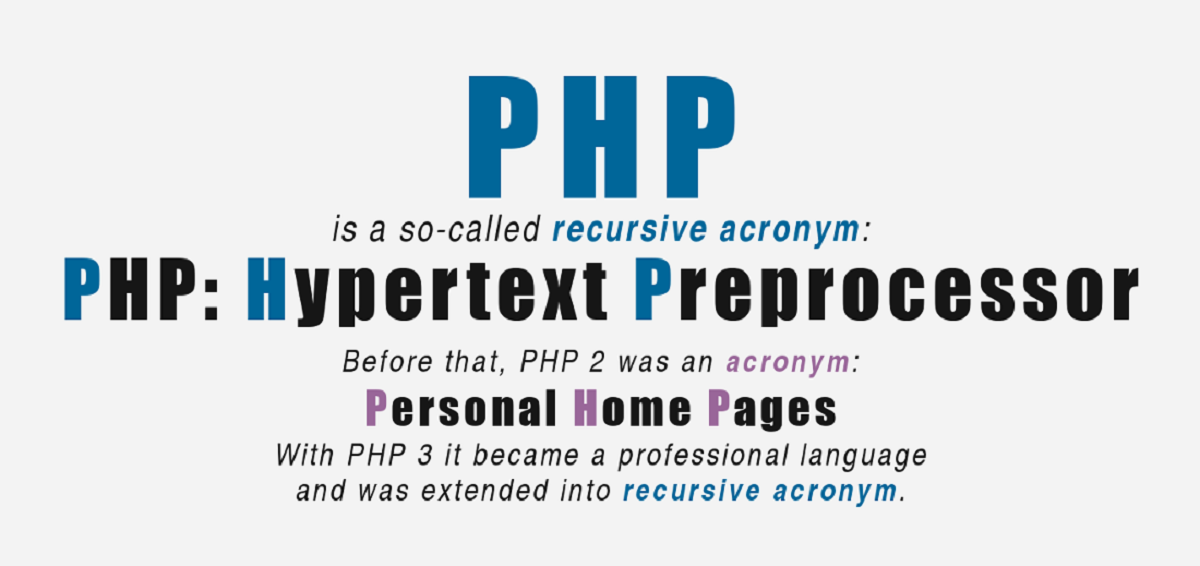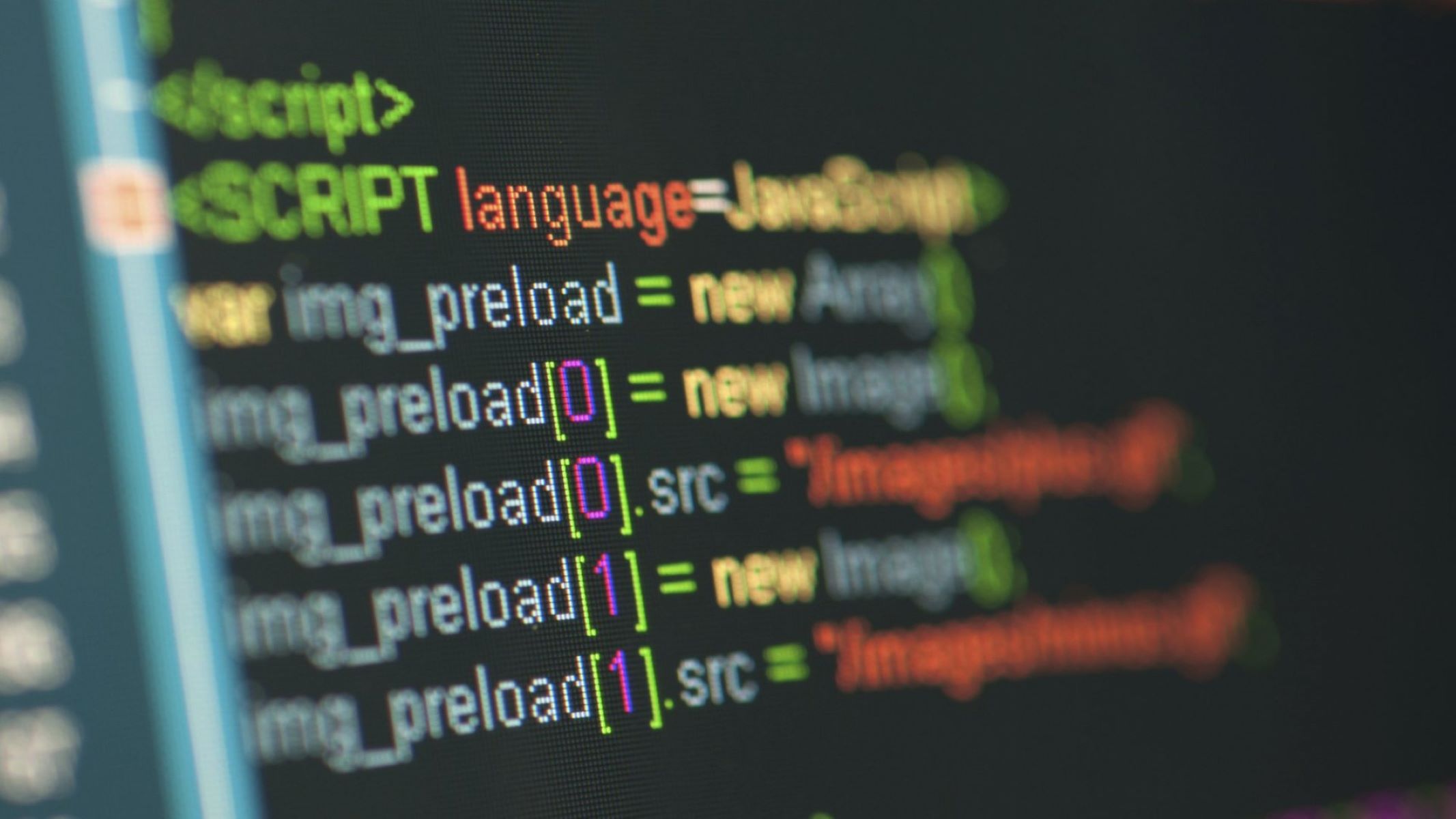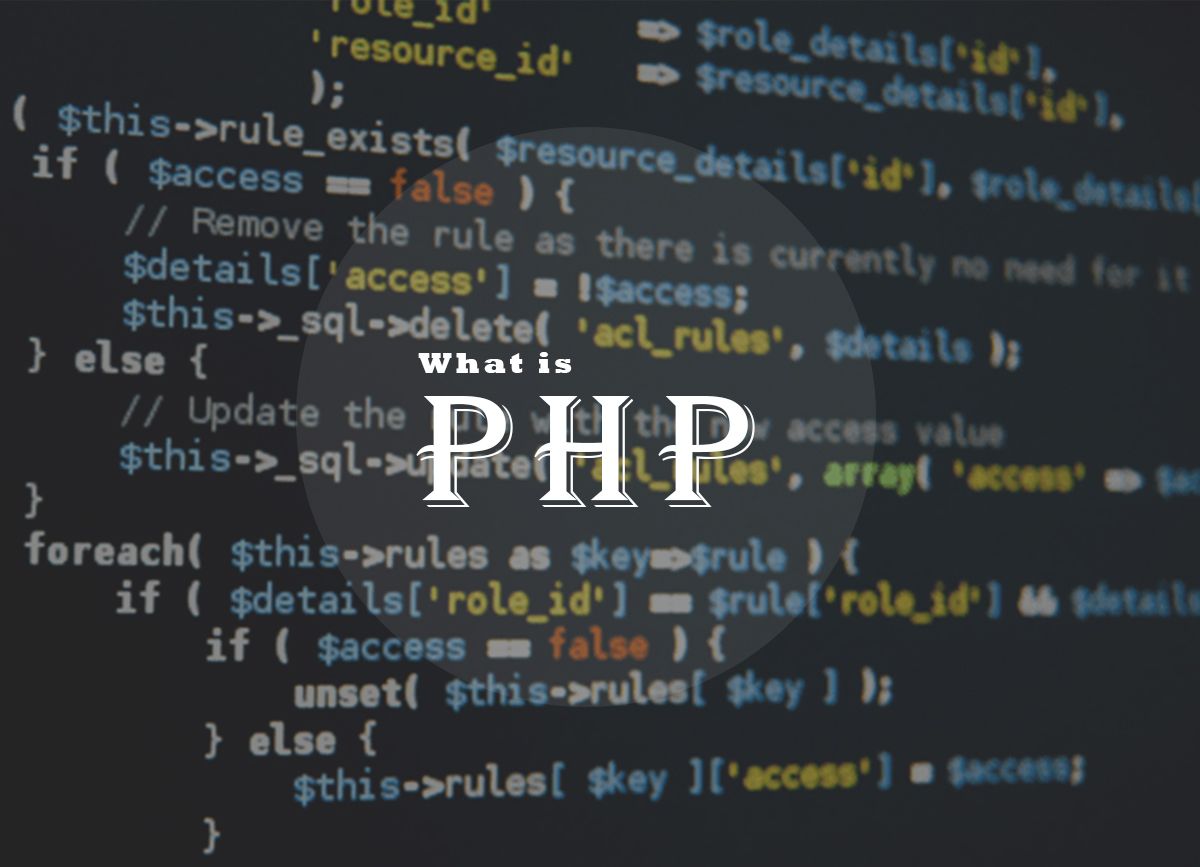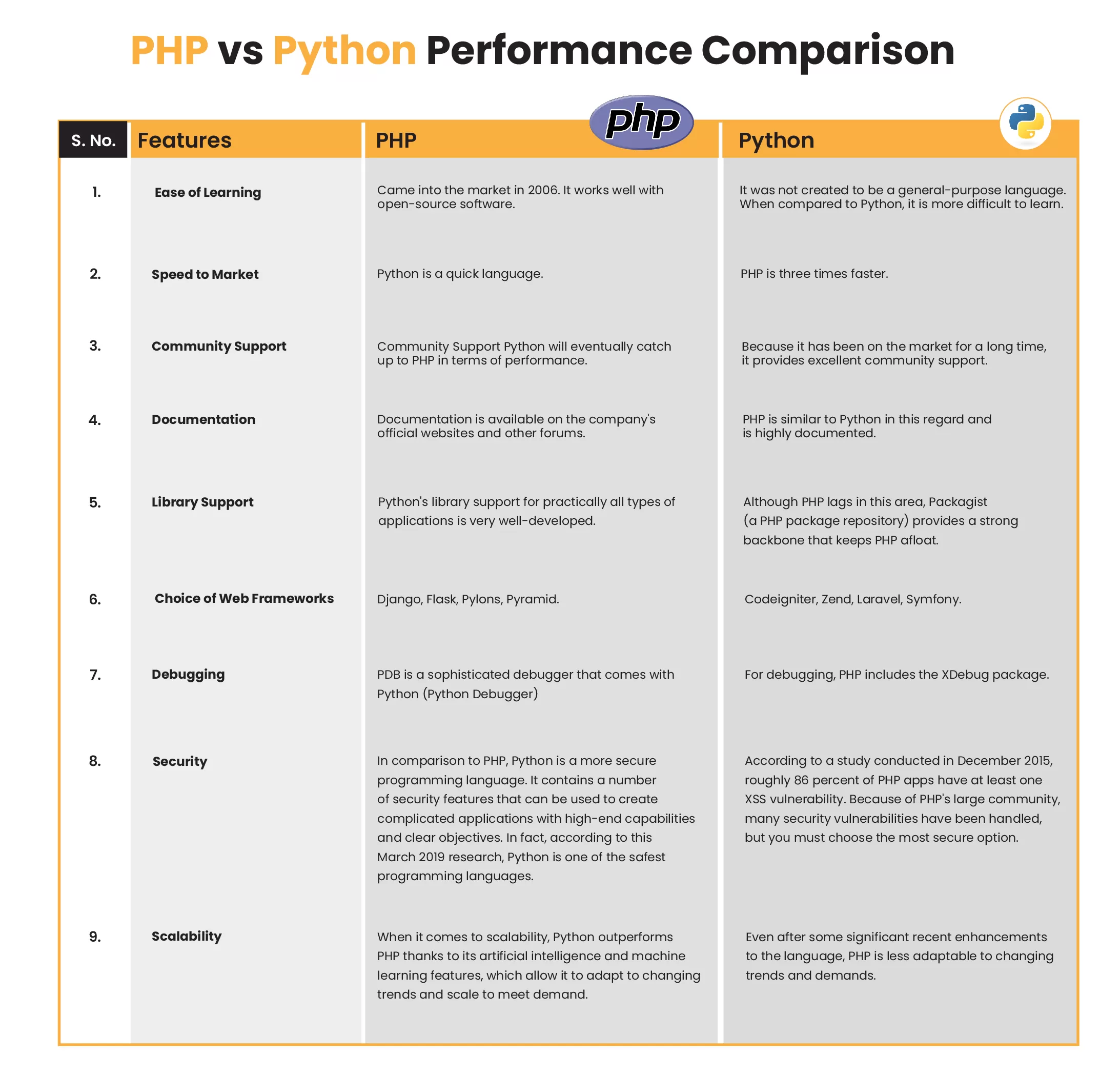Introduction
In today’s world of web development, it is common to have projects that require the integration of multiple technologies. One such scenario is when you need to execute a Python script from PHP and display the output on the browser. This could be useful when you want to leverage the power of Python for a specific task, while still utilizing PHP for the overall web development.
Python is a popular programming language known for its simplicity and versatility, while PHP is widely used for web development due to its ease of use and extensive community support. By combining the strengths of these two languages, you open up a world of possibilities in terms of functionality and efficiency in your web projects.
In this article, we will guide you through the process of executing a Python script from PHP and displaying the output on the browser. We will take you step by step through the necessary procedures and provide practical examples to help you understand and implement the integration seamlessly. By the end of this article, you will have a clear understanding of how to harness the power of Python within your PHP projects and enhance their functionality.
Prerequisites
Before we dive into the process of executing a Python script from PHP, there are a few prerequisites that you should have in place. Here’s what you’ll need:
- Basic knowledge of PHP: Familiarity with PHP programming is essential to understand and implement the integration between PHP and Python.
- Basic knowledge of Python: A basic understanding of Python programming will help you write and execute Python scripts within your PHP projects.
- Python and PHP installed: Make sure you have both Python and PHP installed on your local development environment or server.
To install Python, you can visit the official Python website (python.org) and download the latest version suitable for your operating system. Similarly, for PHP, you can download the latest version from php.net and follow the installation instructions provided.
In addition to having PHP and Python installed, you’ll also need a text editor or integrated development environment (IDE) to write and save your code. Popular choices include Visual Studio Code, Sublime Text, and PhpStorm. Choose the one that best suits your needs and familiarize yourself with its features.
Once you have met these prerequisites, you’re ready to begin integrating Python with PHP and executing Python scripts from your PHP projects. In the following sections, we’ll walk you through the necessary steps to achieve this seamlessly. So let’s get started!
Step 1: Installing Python and PHP
To execute a Python script from PHP, you need to have both Python and PHP installed on your system. In this step, we’ll guide you through the process of installing these two languages.
Installing Python:
First, head over to the official Python website at python.org and navigate to the downloads section. Choose the version of Python that corresponds to your operating system. Both Python 2 and Python 3 are popular and widely used, so choose the version that best suits your needs. Follow the installation instructions provided by the Python installer for your specific operating system.
Installing PHP:
To install PHP, you can visit the official PHP website at php.net and go to the downloads section. Choose the version of PHP that is compatible with your operating system. You can either install PHP as a stand-alone software or use a web server solution like XAMPP or WAMP, which come bundled with PHP, Apache, and MySQL. Follow the installation instructions provided on the PHP website or the documentation of the web server package you choose.
Once both Python and PHP are successfully installed on your system, you can proceed to the next step. It’s important to ensure that the installations are done correctly and that the paths to the Python and PHP executables are added to the system’s environment variables. This will allow you to run Python and PHP scripts from anywhere on your system.
In the next section, we’ll guide you through the process of writing the Python script that you will execute from your PHP code.
Step 2: Writing the Python script
In this step, we’ll show you how to write a Python script that you will later execute from your PHP code. The Python script can perform various tasks and computations, and the output will be captured and displayed on the browser using PHP.
To start, open your preferred text editor or IDE and create a new file. Save the file with a `.py` extension, which indicates that it is a Python script. Now, you’re ready to write your script.
Begin by importing any necessary Python modules or libraries that your script requires. For example, if your script needs to perform calculations, you might import the `math` module. If it needs to interact with files or databases, you might import the `os` or `sqlite3` modules, respectively.
Next, define the necessary variables and functions for your script. This could include input parameters, data structures, or any other elements required for your script to function correctly.
Proceed to write the logic and operations that your Python script needs to perform. This could involve mathematical calculations, data manipulation, API calls, or any other functionality required for your specific use case.
Remember to add comments throughout your code to explain the purpose and functionality of different sections. This will make it easier for others (including yourself) to understand and maintain the script in the future.
Once you have finished writing your Python script, save the file. You now have a script ready to be executed from your PHP code. In the next step, we will delve into the process of executing this Python script from PHP and capturing its output.
Step 3: Executing the Python script from PHP
Now that you have your Python script ready, it’s time to execute it from your PHP code. In this step, we’ll guide you through the process of integrating Python with PHP and executing the Python script.
To execute a Python script from PHP, you can utilize the `exec()` function or the backtick operator. These methods allow you to execute shell commands, including running Python scripts. Here’s an example of how you can execute a Python script using the `exec()` function in PHP:
$pythonScript = ‘path/to/your/python/script.py’;
$output = exec(‘python ‘ . $pythonScript);
In the above code snippet, we first define the path to our Python script using the variable `$pythonScript`. Then, we use the `exec()` function to execute the Python script by passing it as an argument to the `python` command. The output of the script is stored in the variable `$output`.
Alternatively, you can also use the backtick operator to execute the Python script:
$pythonScript = ‘path/to/your/python/script.py’;
$output = `python $pythonScript`;
The backtick operator is essentially the same as using the `exec()` function, but with a different syntax. It allows you to execute commands and capture the output in a variable.
Once you have executed the Python script from PHP, you can manipulate the captured output as needed. For example, you can store it in a variable, process it, or display it on the browser. In the next step, we’ll explore how to display the output of the Python script on the browser using PHP.
Step 4: Displaying the output on the browser
After executing the Python script from PHP and capturing its output, you can now display the result on the browser. In this step, we’ll show you how to retrieve the output from the executed Python script and incorporate it into your PHP code to display it dynamically.
To display the Python script’s output in PHP, you can use the `echo` statement or any other suitable output function. Let’s assume that the output of the Python script is stored in the variable `$output`. Here’s an example of how you can display it on the browser:
php
echo “Python script output: ” . $output;
In the above code, we use the `echo` statement to display the output on the browser. We concatenate the string “Python script output: ” with the value of the `$output` variable using the concatenation operator (`.`). This ensures that the static text is displayed along with the dynamic script output.
You can further enhance the display of the output by formatting it or incorporating HTML tags. For example, you can wrap the output in `
` tags to preserve the line breaks and indentation of the output. php echo "" . $output . "";
By wrapping the output in `
` tags, it will be displayed in a preformatted format, maintaining the original structure of the output.Once you have implemented the code to display the output on the browser, you can test it by accessing the PHP page containing the integration. You should see the output of the executed Python script displayed dynamically on the webpage.
Congratulations! You have successfully executed a Python script from PHP and displayed its output on the browser. This integration between Python and PHP opens up a wide range of possibilities for your web projects, allowing you to leverage the power of both languages. With this newfound knowledge, you can now explore and implement various functionalities and calculations within your PHP applications using Python.
Conclusion
Integrating Python and PHP allows you to harness the capabilities of both languages in your web development projects. By executing a Python script from PHP and displaying the output on the browser, you can take advantage of Python's extensive libraries and functionalities, while still utilizing the power and simplicity of PHP for your overall web development needs.
Throughout this article, we walked you through the step-by-step process of executing a Python script from PHP. We covered the prerequisites of having basic knowledge of PHP and Python, as well as installing both languages on your system. We also explained how to write a Python script and execute it from PHP using `exec()` or the backtick operator. Finally, we showed you how to display the output of the Python script on the browser using PHP.
By following these steps, you can seamlessly integrate Python with your PHP projects and enhance their functionality. You're no longer limited to what PHP alone can achieve; now you have the ability to leverage the power of Python when needed.
Remember to experiment and explore the possibilities this integration offers. You can build complex calculations, perform data processing and analysis, and even integrate Python machine learning models within your PHP applications. The flexibility and versatility of combining these two languages provide endless opportunities for creativity and innovation.
Incorporating Python into your PHP projects not only expands your skill set but also enhances the overall functionality and efficiency of your web applications. Enjoy the journey of exploring the world of Python and PHP integration, and may your future projects be filled with seamless execution and dynamic outputs!







